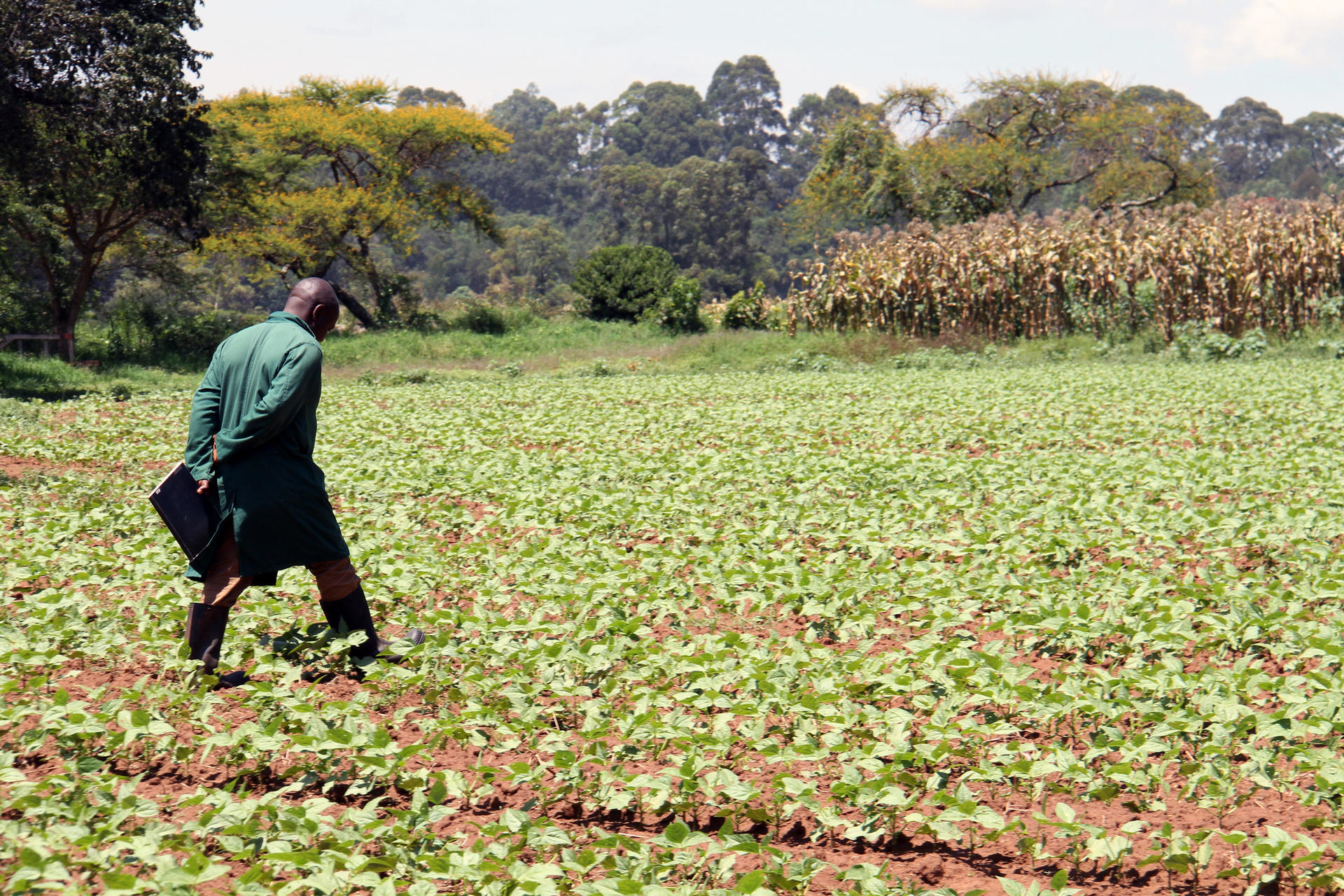Importance of bean crop research

Why is it important that we research the bean crop and its varieties? As a staple for millions of people around the world, we work to improve varieties adapted to the environment and ensure we safeguard beans for the future. Below, explore the science and facts that has kept the Alliance looking further into the bean crop.
Common beans (Phaseolus vulgaris. L) are an important legume consumed by people of all income categories. Their demand is growing as consumers are increasingly shifting to plant based diets. They are consumed as fresh foliar vegetables, as wholesome fresh green pods, fresh ripe seeds, or dry grains.
Beans provide a highly nutritious food, containing protein, fiber, complex carbohydrates, vitamins, and micronutrients, and are proved to reduce obesity and other cardiovascular diseases like cancer and increase cognitive ability and performance; about 400 million people in the tropics eat beans as part of their daily diet. More than 657 climate-resilient and micronutrient varieties have been released to meet diverse needs of clients in different agroecological zones.
Farmers struggle to satisfy consumer demand, producing around 12 million tons of common beans (Phaseolus vulgaris) every year worldwide. Beans also provide income for millions of people, especially women and youth, particularly in Africa and Latin America. Beans have traditionally been grown for subsistence consumption but now it has become a commercial crop with increased export option.
Beans are adapted to a wide range of environmental conditions over low, mid, and high altitudes. As a legume, it also contributes to improving and sustaining soil fertility through atmospheric nitrogen fixation. Beans are part of the common crop systems and contributing agroecosystems health by breaking diseases and pest cycles in cereals and root/tubers dominated cropping systems.
CIAT and Uganda’s National Agricultural Research Organisation (NARO), together with partners including the International Institute of Tropical Agriculture (IITA) and The World Agroforestry Centre (ICRAF), have been working together to supply farmers with high yielding, drought and disease resilient beans to boost production and improve nutrition among vulnerable refugees and communities in northern Uganda.
This video highlights the effort by the Alliance to scale out climate-smart agriculture and climate information under the AICCRA project in Kenya. Farmers are adopting technologies such as Conservation Agriculture (CA), intercropping and diversifying their crops to climate-resilient ones like Nyota Bean, which is drought tolerant. Farmers have also been able to incorporate traditional methods of farming where they use the leaves from the beans as animal feed and for mulching, to conserve the water in the soil.
